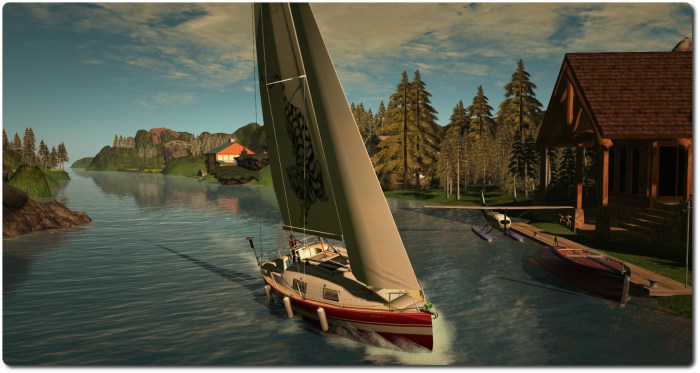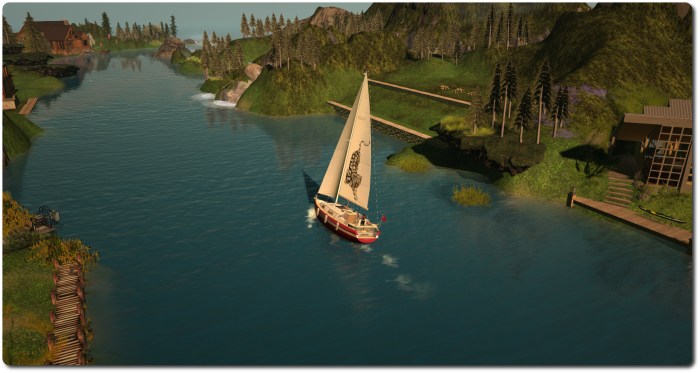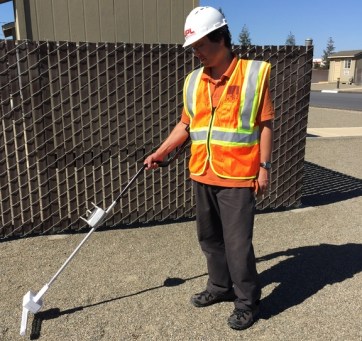
In June 2014, I was invited to take a sneak peek at a new expansion of the United Sailing Sims (USS) estates to the north of Blake Sea. The expansion, referred to as Blake Passage, and now pretty much complete, is themed after the Columbia River of the Pacific Northwest region of North America and offers a new area to explore by boat and plane. Given I did have my sneak peek back in June, and have since explored the area a number of times, I thought it high time I wrote about my little excursions.
The work has been carried out in two phases, the first part of which focused on recreating a part of the Columbia River itself, through the four regions of Columbia Bar, Columbia West, Columbia River and Columbia East. Running from east to west, these split the Blake Passage regions in two, forming a navigable channel through which boats must pass when travelling between the Passage and the USS regions sitting between it and the north side of Blake Sea.

When travelling to the gorge from the south, I suggest travelling via Dutch Harboor and Balboa Pacific before heading between the islands of Drakes Bay and cutting through the northwest side of Eureka Point into Walla Walla before turning due west into the river gorge at Columbia East. Or if you prefer, you can teleport to the Columbia East ferry point, and rez your boat there.
Sailing the regions is a pleasant experience; while the island are residential, they offer a picturesque backdrop when exploring. They’re all of a fair uniform size, offering comfortable space for those looking for a place to live which offers water access for sailing. The river gorge offers smaller parcels for rent, all of which also have waterfront access for mooring both boats and seaplanes, should you be looking for a place to live which offers the opportunity for boating.

For pilots, Blake Passage includes Juneau Regional Airport, which offers both a tarmac runway and a seaplane lane and docks – although traffic is restricted to smaller aircraft. At the front of the airport is a terminus for the White Pass railroad – named for the British Columbia / Yukon line of the same name, which can take passengers north and west to Blake Inlet. Those who like a long-distance trip can also use Blake Inlet to reach Inumiut, a stretch of open water connecting the Passage regions with the mainland coastline further west.
There is still some work going on to finish-up work in the expansion area, but if you’re looking for a new place to explore while on the water – or looking for a new airport to try-out if you’re a flyer (remembering the traffic restriction), the Blake Passage regions and Juneau airport may well be worth a visit.





